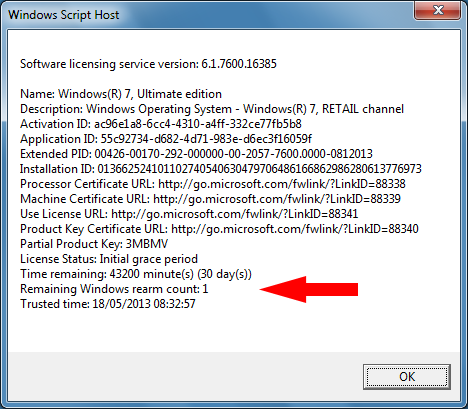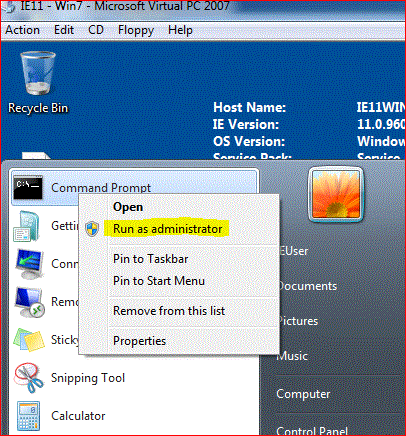


It could also be useful if you’re giving that computer away to someone else. If you installed Windows from a retail license and would like to use that license on another computer, this allows you to remove the license. After you run the below command and restart your computer, the Windows system won’t have a product key and will be in an unactivated, unlicensed state. You can remove the product key from your current Windows system with Slmgr. If you haven’t provided a product key at all, it’ll give you an error message. This is only useful for Windows system activated from an organization’s KMS server, as retail licenses and multiple activation keys result in a perpetual license that won’t expire. To display the expiration date of the current license, run the following command. To display more detailed license information–including the activation ID, installation ID, and other details–run the following command: slmgr.vbs /dlv This command tells you the edition of Windows, part of the product key so you can identify it, and whether the system is activated.

To display very basic license and activation information about the current system, run the following command. RELATED: How to Put the Command Prompt Back on the Windows+X Power Users Menu View Activation, License, and Expiration Date Information You can do pretty much everything in PowerShell that you can do in Command Prompt, plus a lot of other useful things. It’s very easy to switch back to showing the Command Prompt on the Power Users menu if you want, or you can give PowerShell a try. Note: If you see PowerShell instead of Command Prompt on the Power Users menu, that’s a switch that came about with the Creators Update for Windows 10. On Windows 7, search the Start menu for “Command Prompt,” right-click it, and select “Run as Administrator.” Click the “Command Prompt (Admin)” option in the menu that appears. To do so on Windows 8 or 10, either right-click the Start button or press Windows+X. To use this tool, you’ll want to launch a Command Prompt with Administrator access. RELATED: How Does Windows Activation Work? First: Open an Administrator Command Prompt Window


 0 kommentar(er)
0 kommentar(er)
